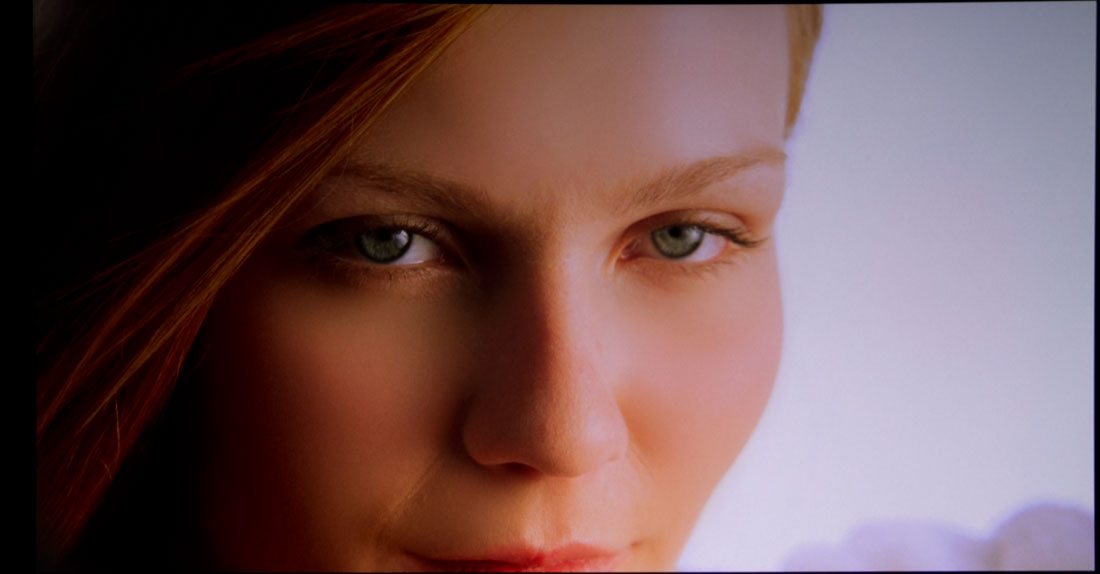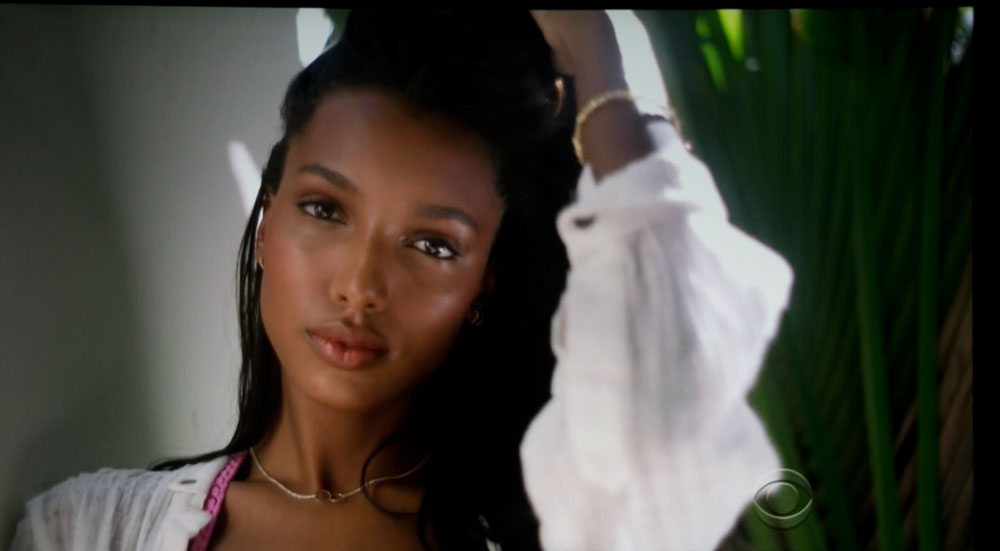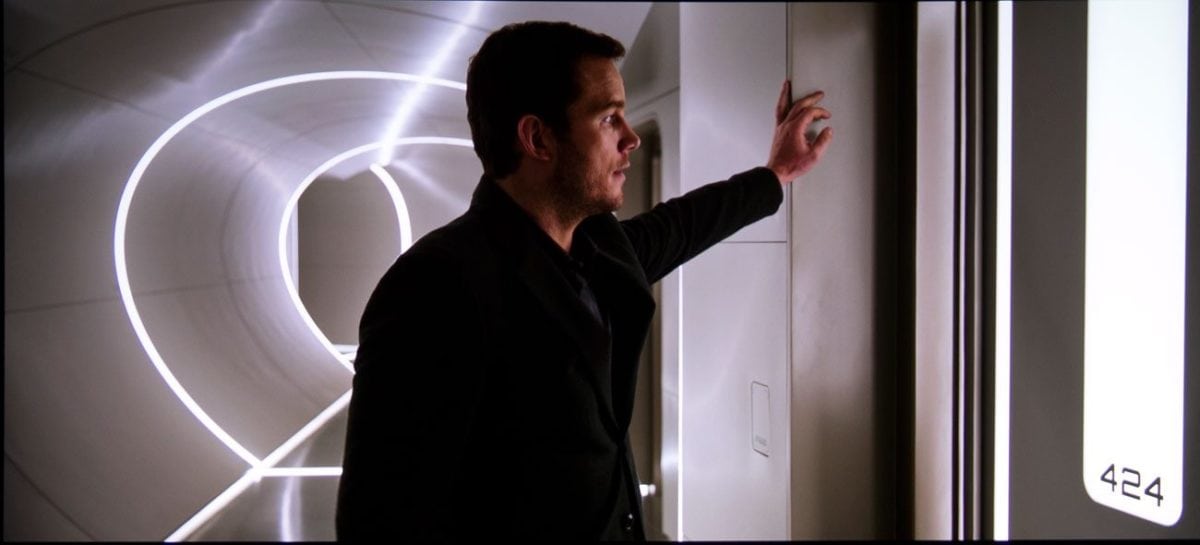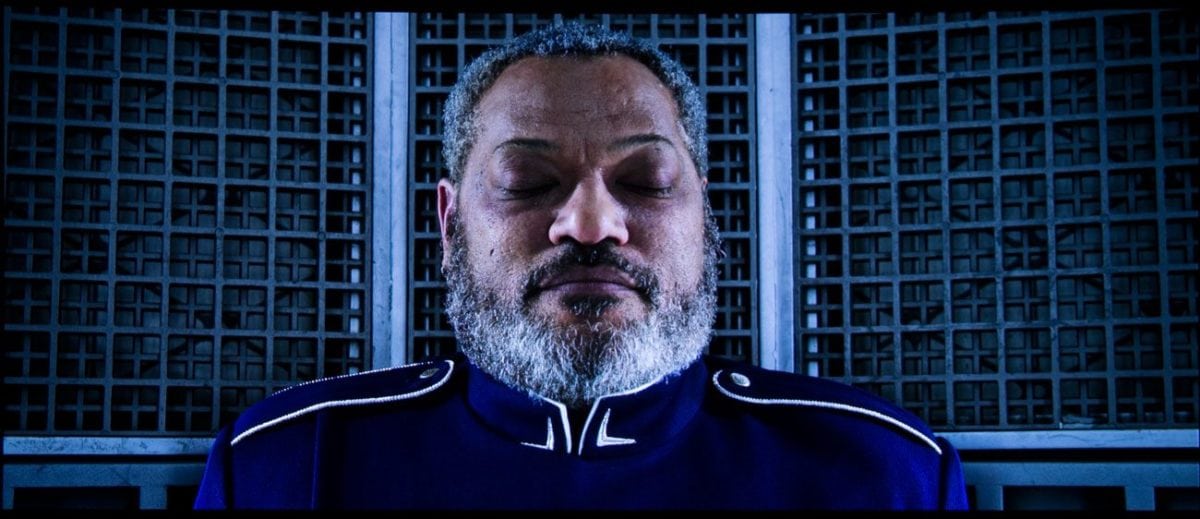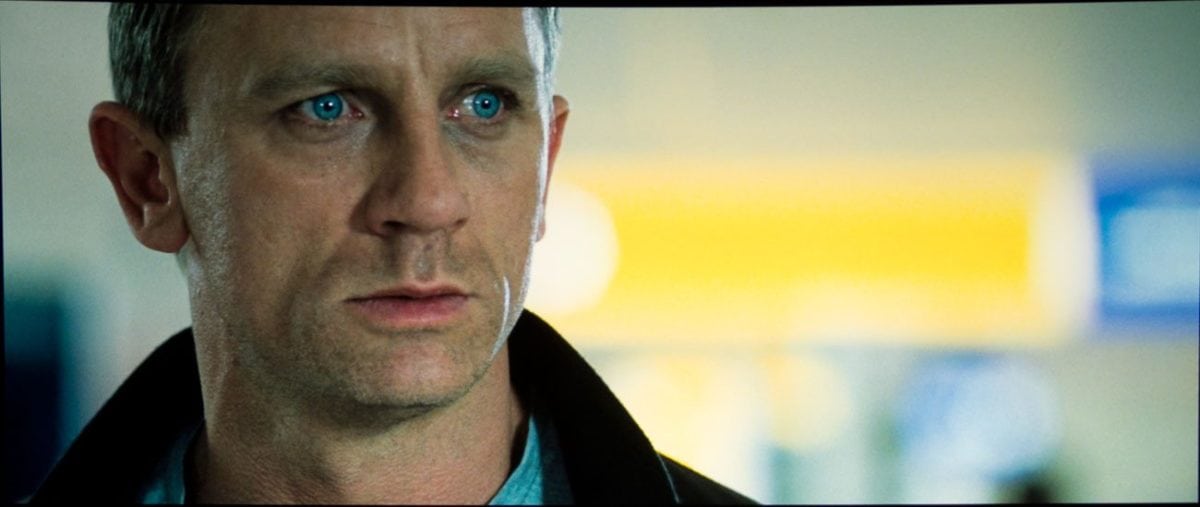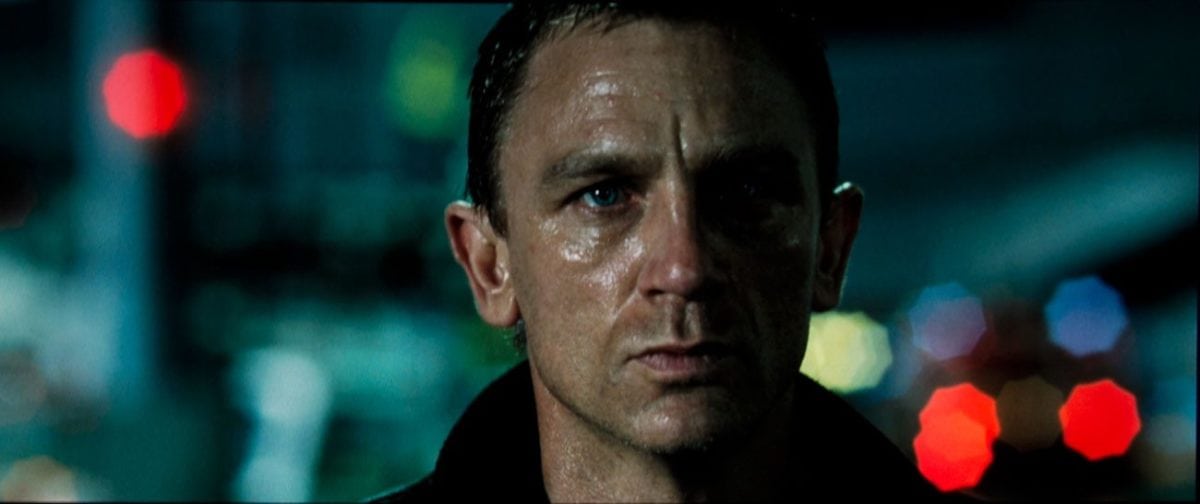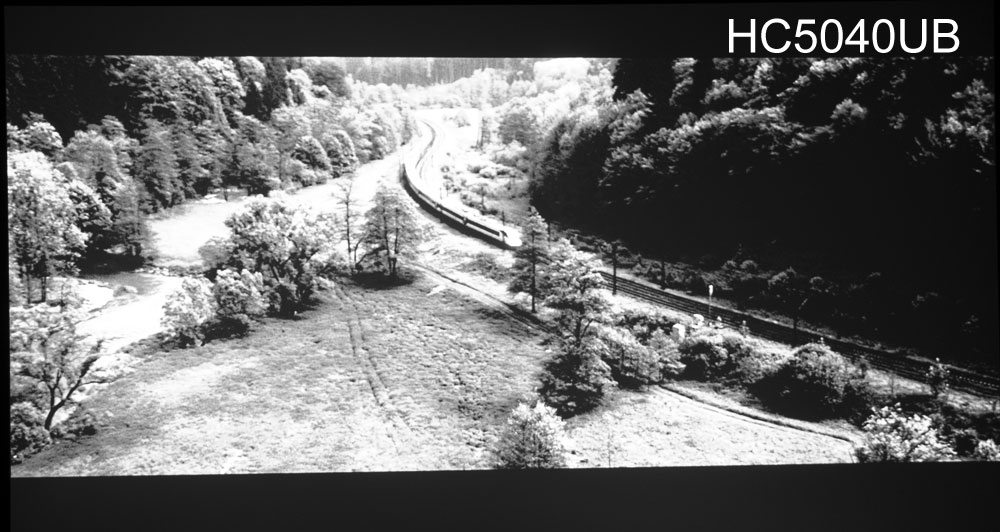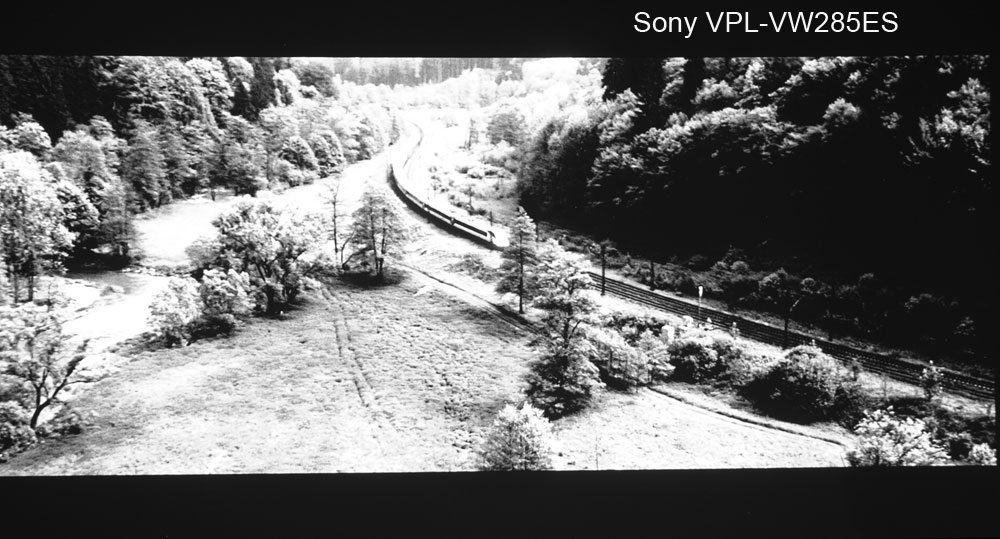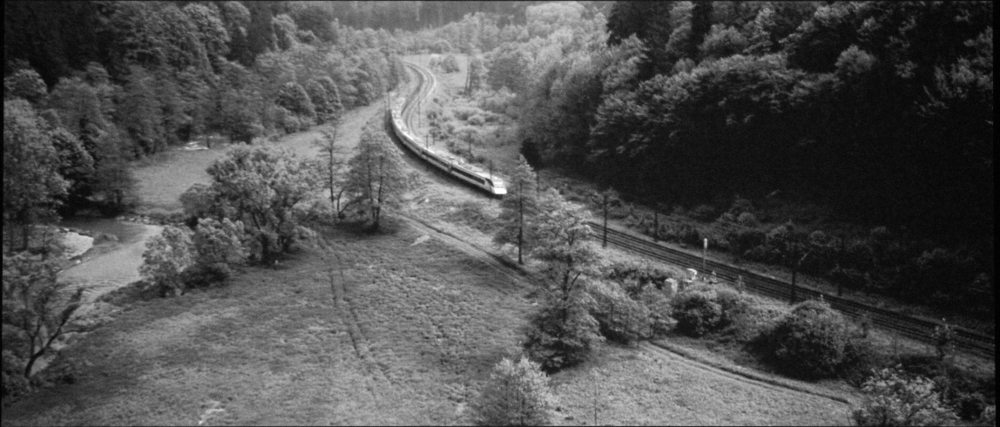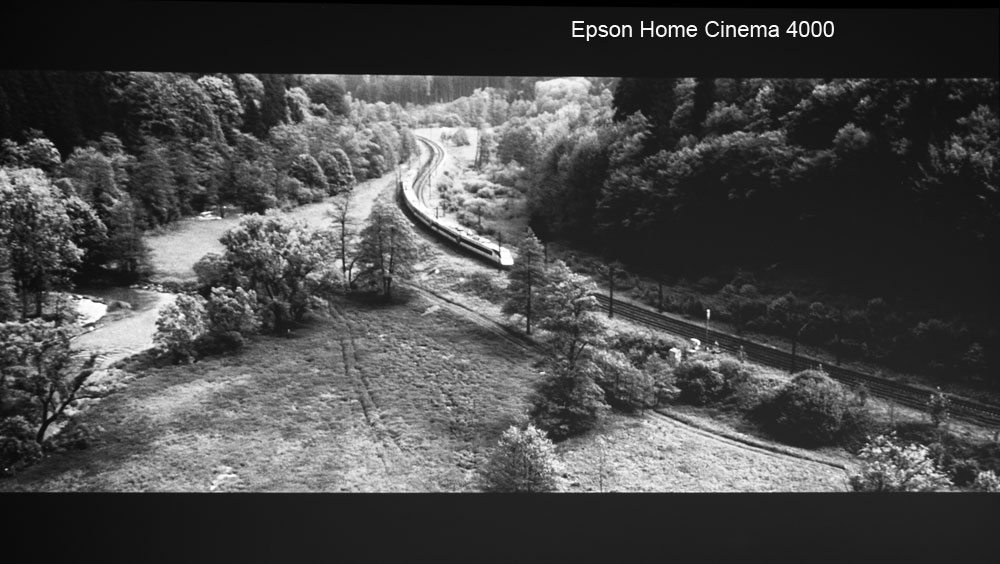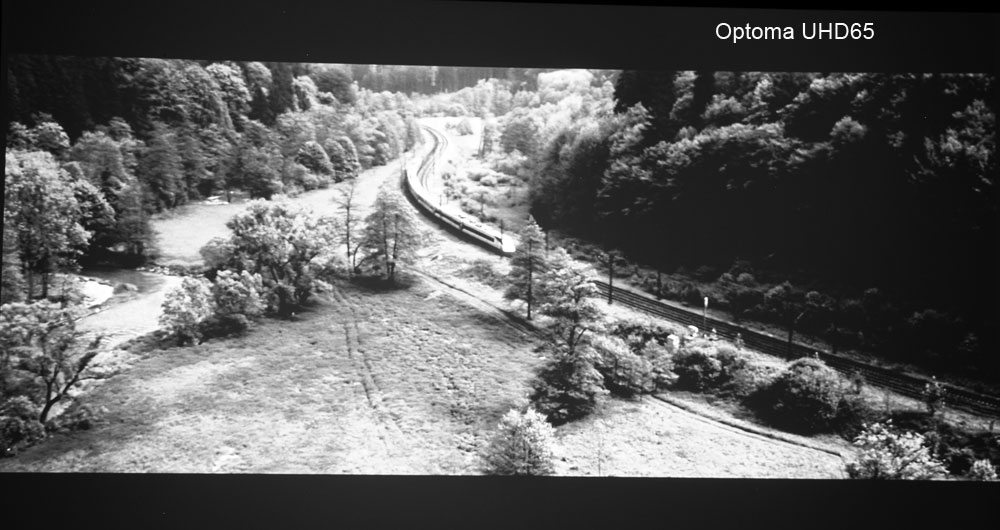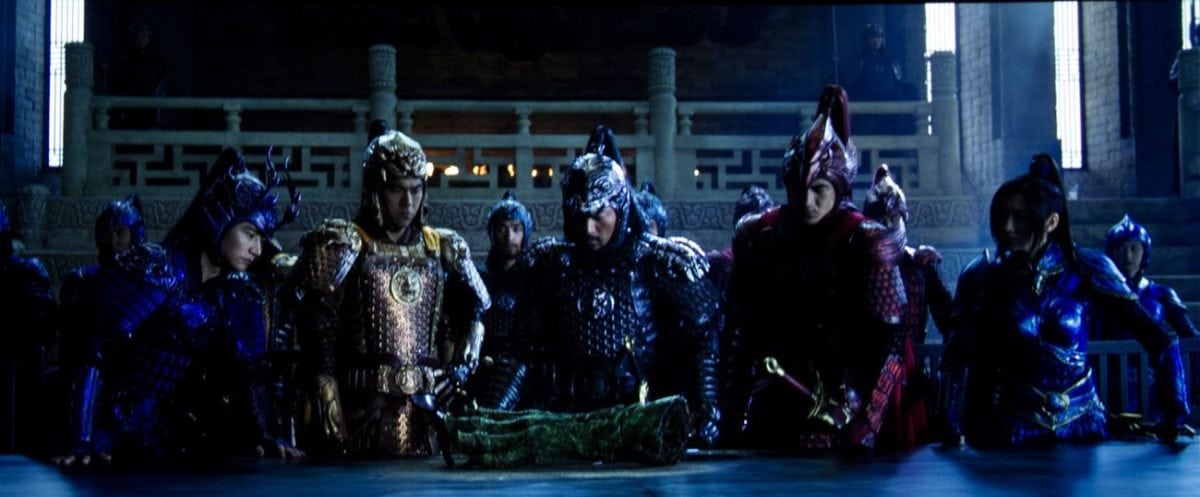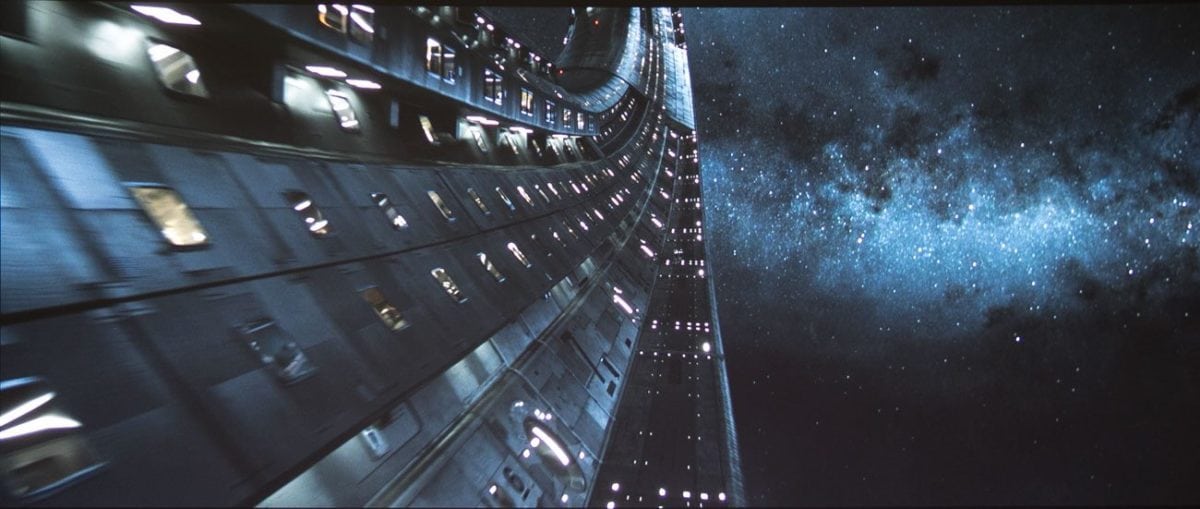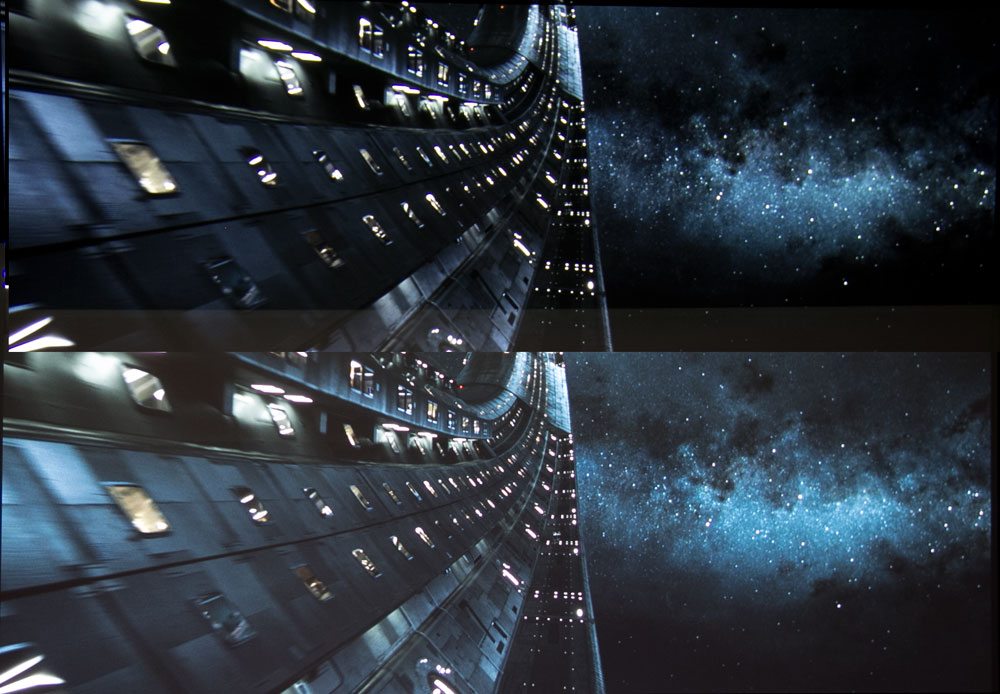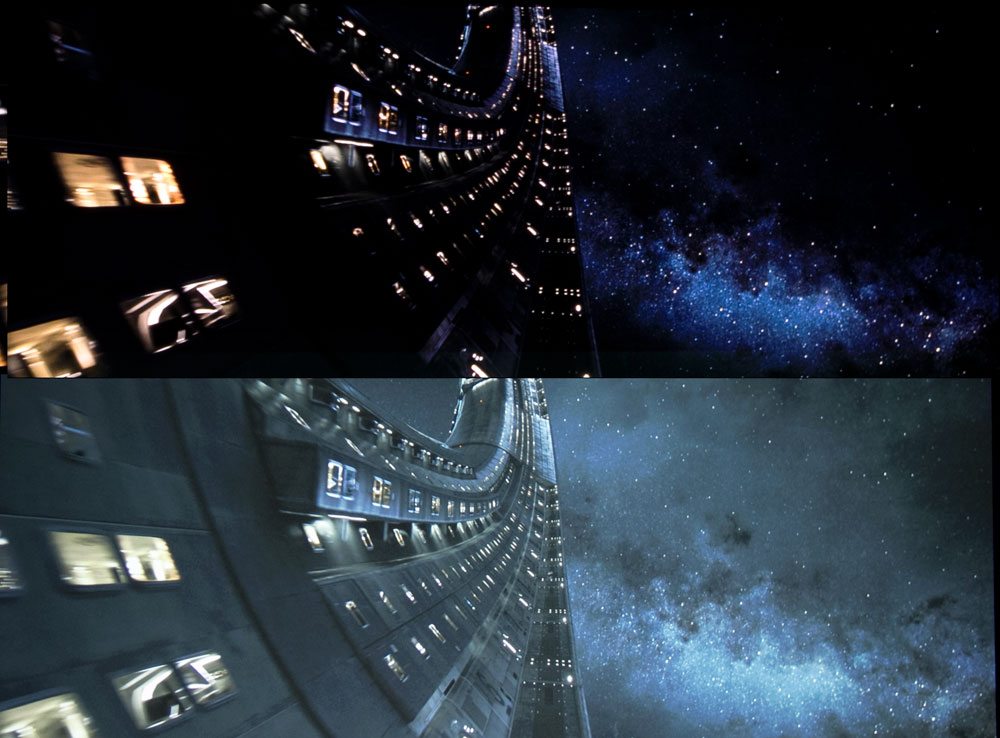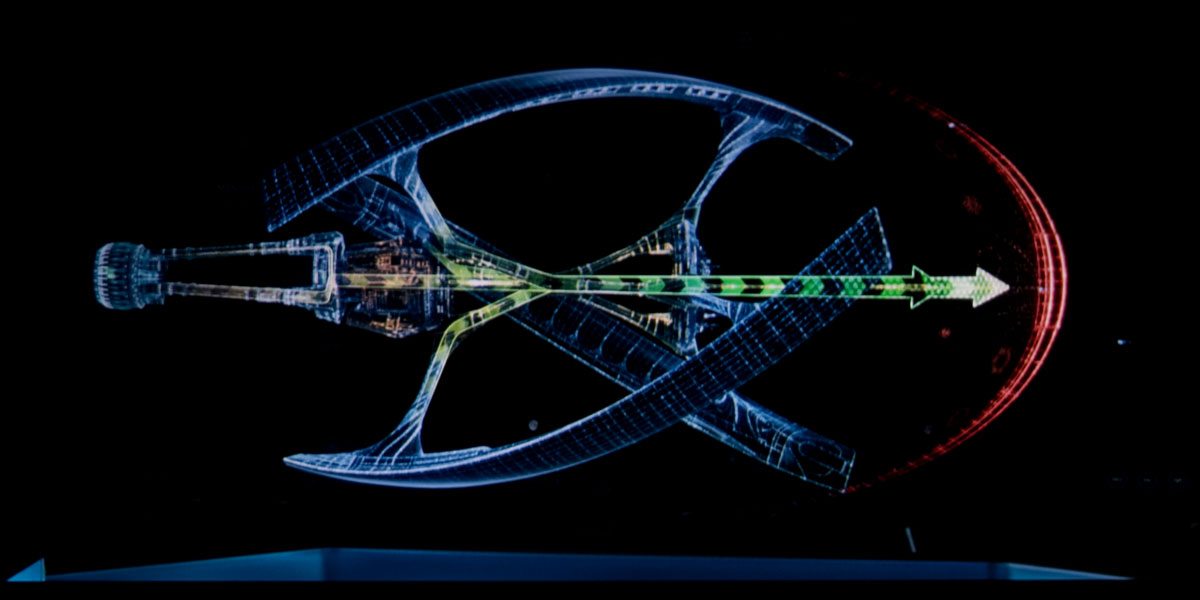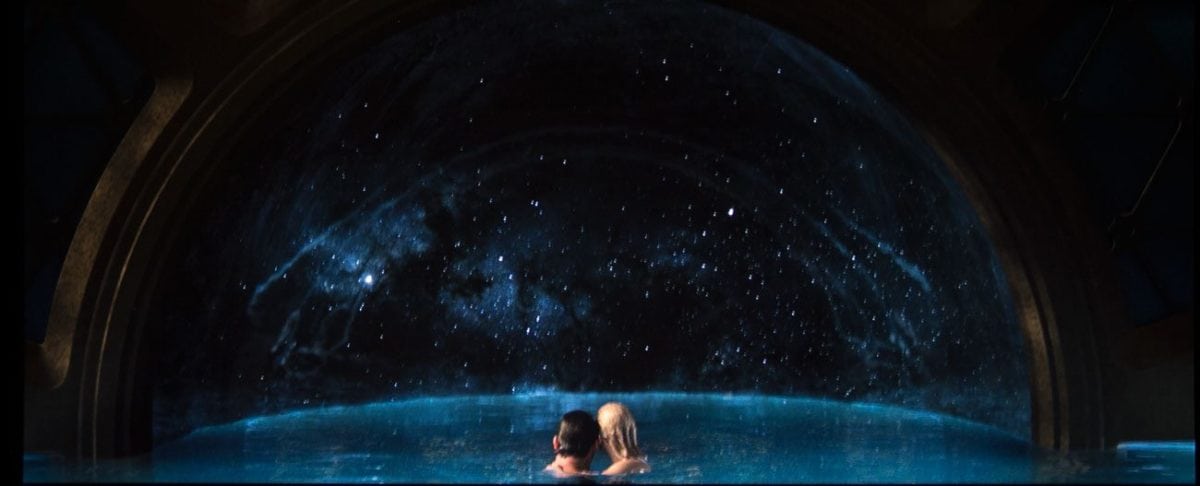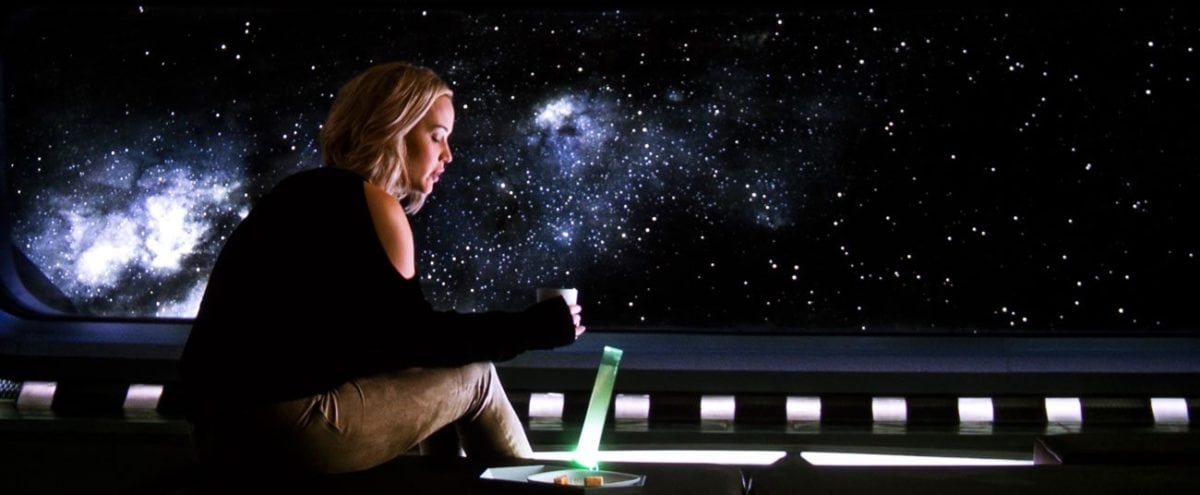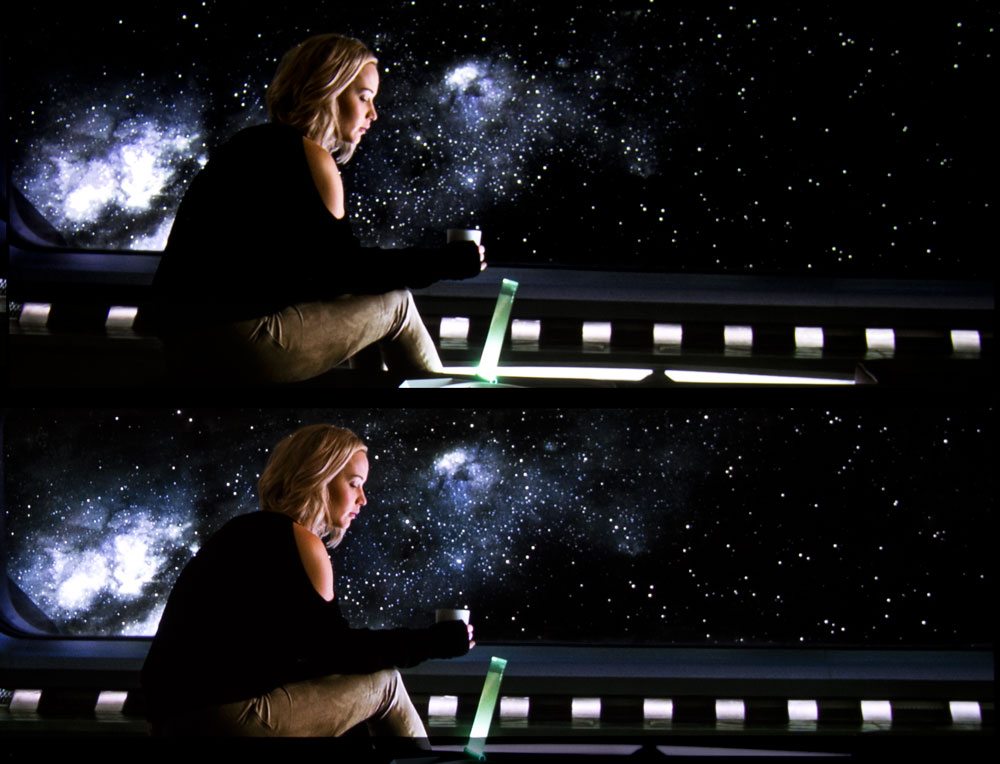Alas, the HK2288, like all the other 4K UHD projectors anywhere near the price so far, does not have impressive black level performance. It’s better than the most entry level DLP projectors, but at the same time, it’s dramatically short of the leaders – Epson’s UBs, and for close to double the HK2288’s price, the entry level JVC. True, neither of these are 4K UHD – they are 1080p pixel shifters, and not quite as sharp, but…
As I’ve said often, there’s typically not much difference in viewing a $1,000, $2,000 or $5,000 projector on a nice daytime scene, or typical indoor scene with decent lighting. The biggest difference between the best in those price ranges is the handling of black levels because it makes an “almost” day and night difference on the darkest scenes (OK, between dusk and night is more accurate).
With this Vivitek, those very dark scenes, such as the outside of the Avalon spaceship in Passengers when Chris and Jennifer do their space walk, are dramatically different when viewed on projectors where one is much better than the other at handling black levels. In this regard, there seems to be some minor variation between the many 4K UHD DLP’s we’ve reviewed from the most expensive (LED light engine) BenQ HT9050, and the typical under $2,500 models from Acer, BenQ, Optoma, Vivitek (and shortly Viewsonic).
Not one of them, however, is what I like to describe as real “ultra high contrast” – a subjective term (since contrast specs are basically meaningless because manufacturers come up with all kinds of crazy numbers). Long ago, I indicated that projectors like the JVCs and the early Epson UB series, and some higher end projectors, went well beyond what everyone else was doing.
The result on those UHC projectors is dark scenes that really pop. Dark scenes, that when you look, have very, very dark greys when black is called for, rather than the medium dark greys this Vivitek and others offer. Typically, I like to think of projectors with this level of black level performance as more home entertainment than home theater projectors. That is, more suitable for rooms where you aren’t watching with all the lights off – no real ambient light.
You know what I’m talking about – too often, I go into a movie theater and once the lights are down (not off), there really isn’t any sense of true black, just washed out blacks due to too much ambient light. Growing up, before the movie came on, and after the lights went down, I remember that you couldn’t “see your hand moving in front of your face.” Due to fire marshals and protective laws, we won’t see that again. Still, someone recently demanded I check out the Dolby theater closest to me, that it is much darker than the nearby cineplexes, even the IMAX theaters (I’m looking forward to doing so.)



